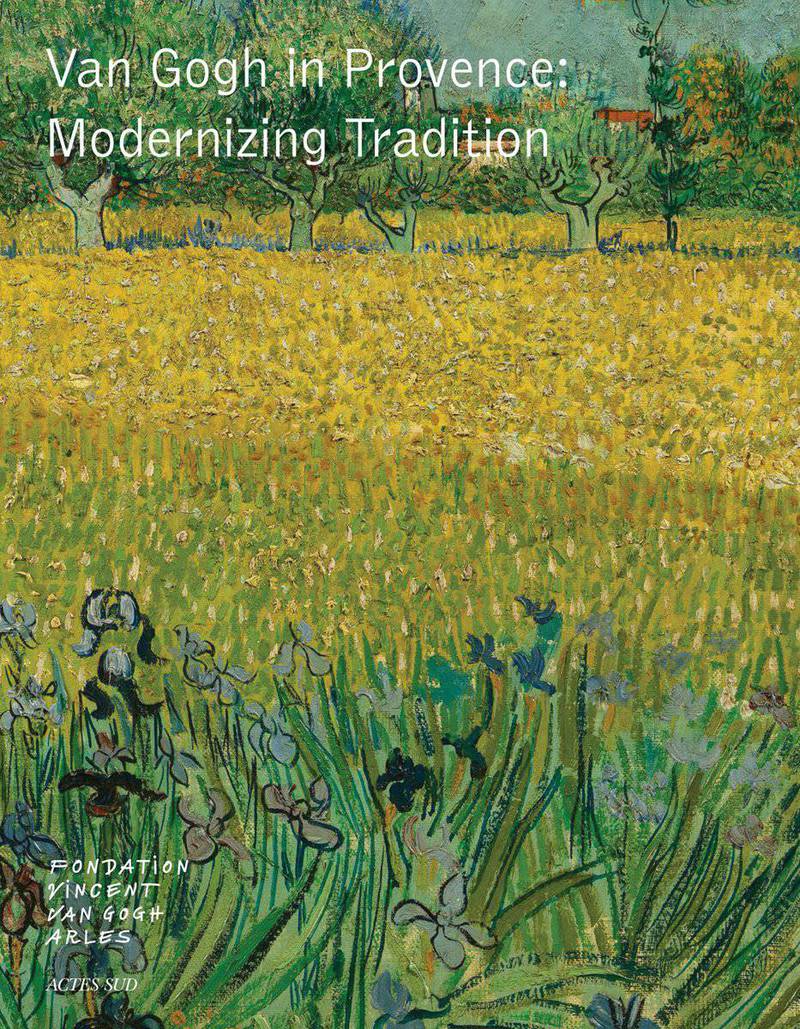In Provence, between 1888 and 1890, Van Gogh asserts himself definitively as one of the mort original painters of his day, endowed with a highly personal vocabulary. He has corne in search of the Japan that has captivated him in prints, and of the light and sun that make colour explode. For colour, as he has known since encountering the work of the Impressionists and the avant-garde painters in Paris, is the key to his own art. He dreams of establishing a “Studio of the South”, where artists can work together in a fertile atmosphere of mutual inspiration. During the 27 months that he spends in Arles and Saint-Remy-de-Provence, he labours like a “workman” without respite to capture the nobility of simple things and the truth of figures, and to reproduce the splendour of the landscape and the seasons. He deploys his fervour for painting in a thoughtful and demanding manner, working to reinterpret the classic genres of landscape, still life and portrait. Right up to his final works, his fidelity to pictorial tradition never wavers it is the foundation of his work. The 31 original paintings from the exhibition are complemented and contextualised by a further 100 illustrations, which together express the continuity of Vincent van Gogh’s thinking and style and the determining rote played by his stay in Provence in establishing his modernity. Catalog of an exhibition held at the Fondation Vincent van Gogh Arles, May 14 — September 11, 2016.
- / Author
- / Mentioned
- / Preface
